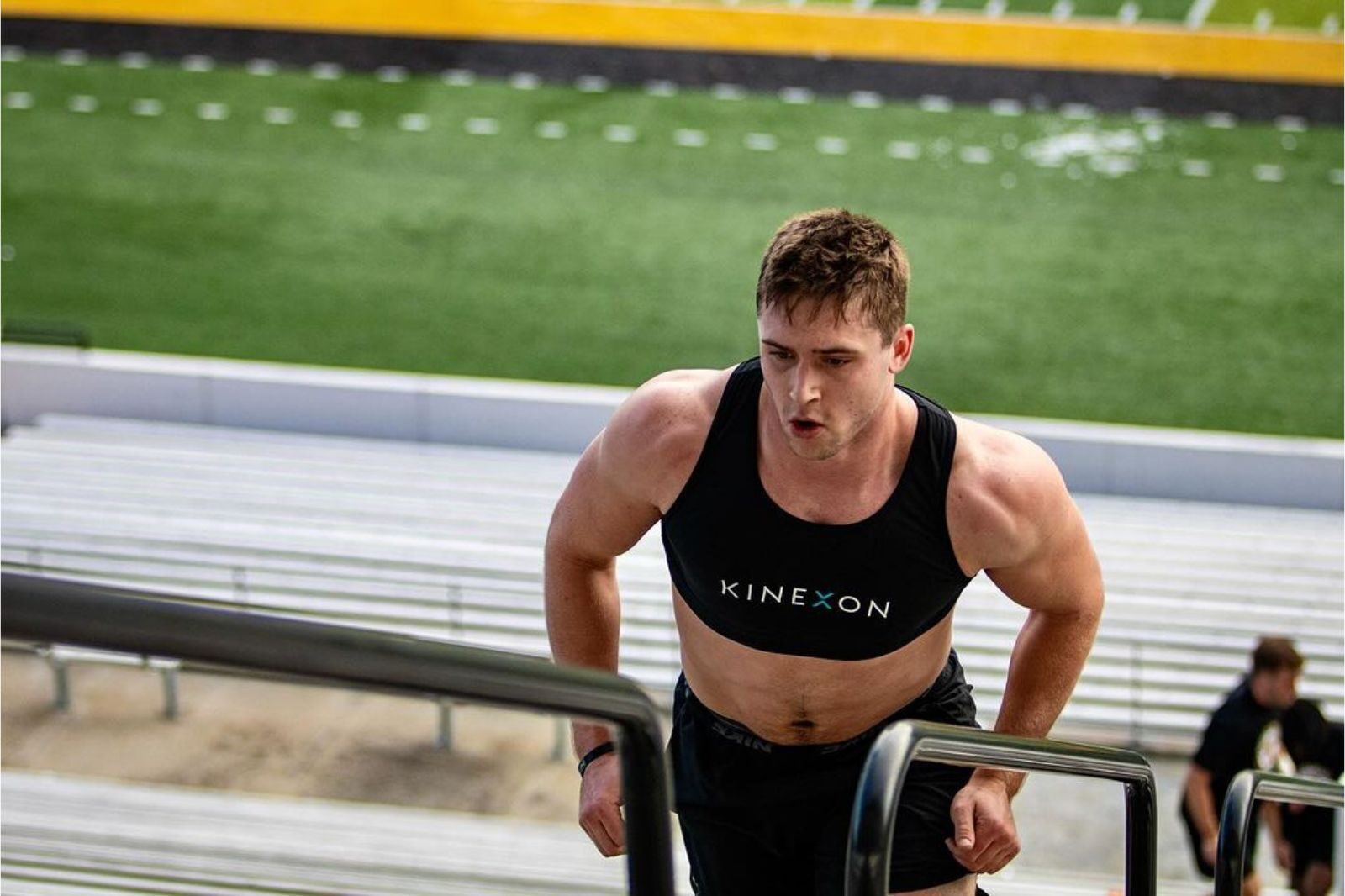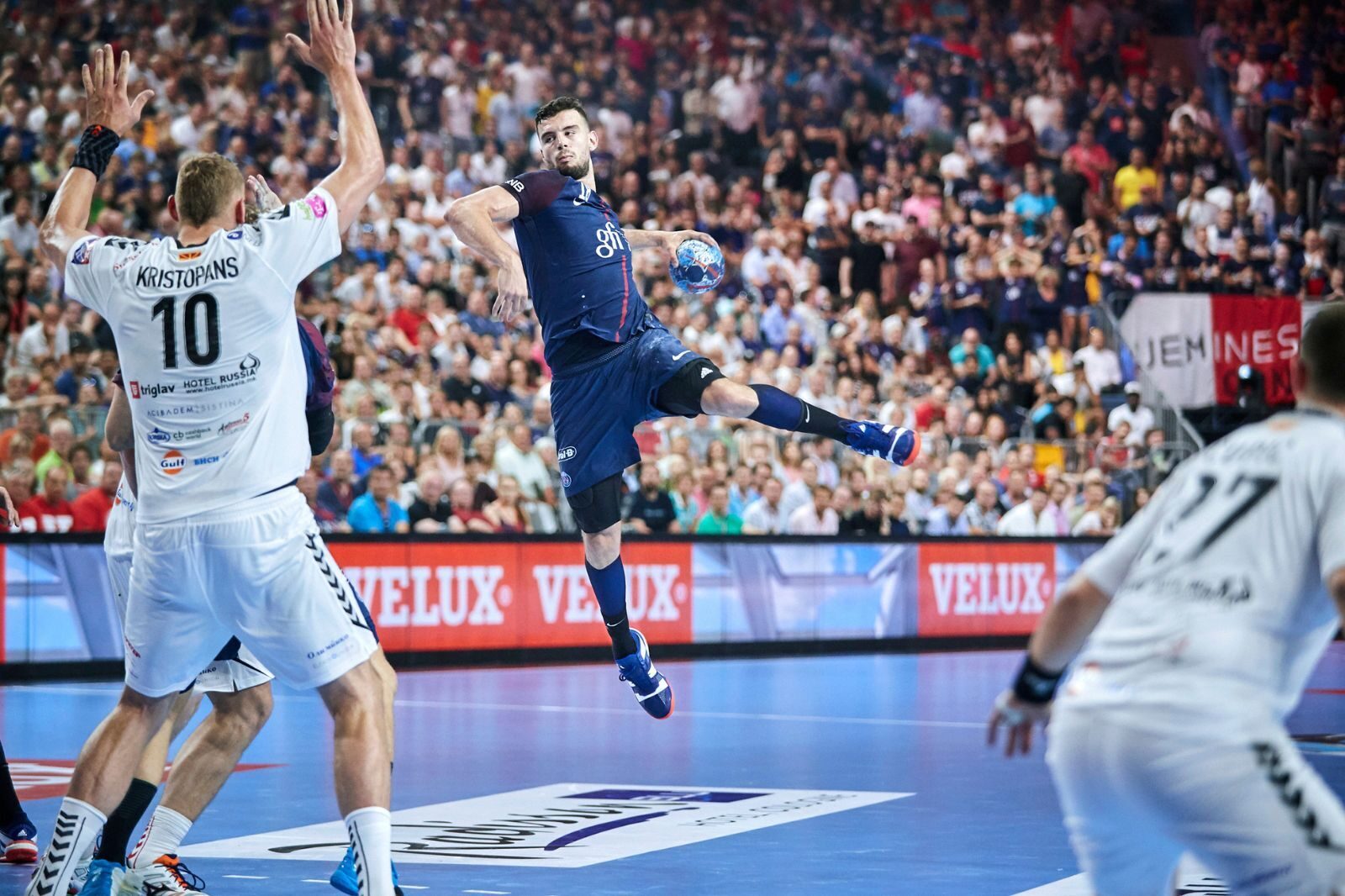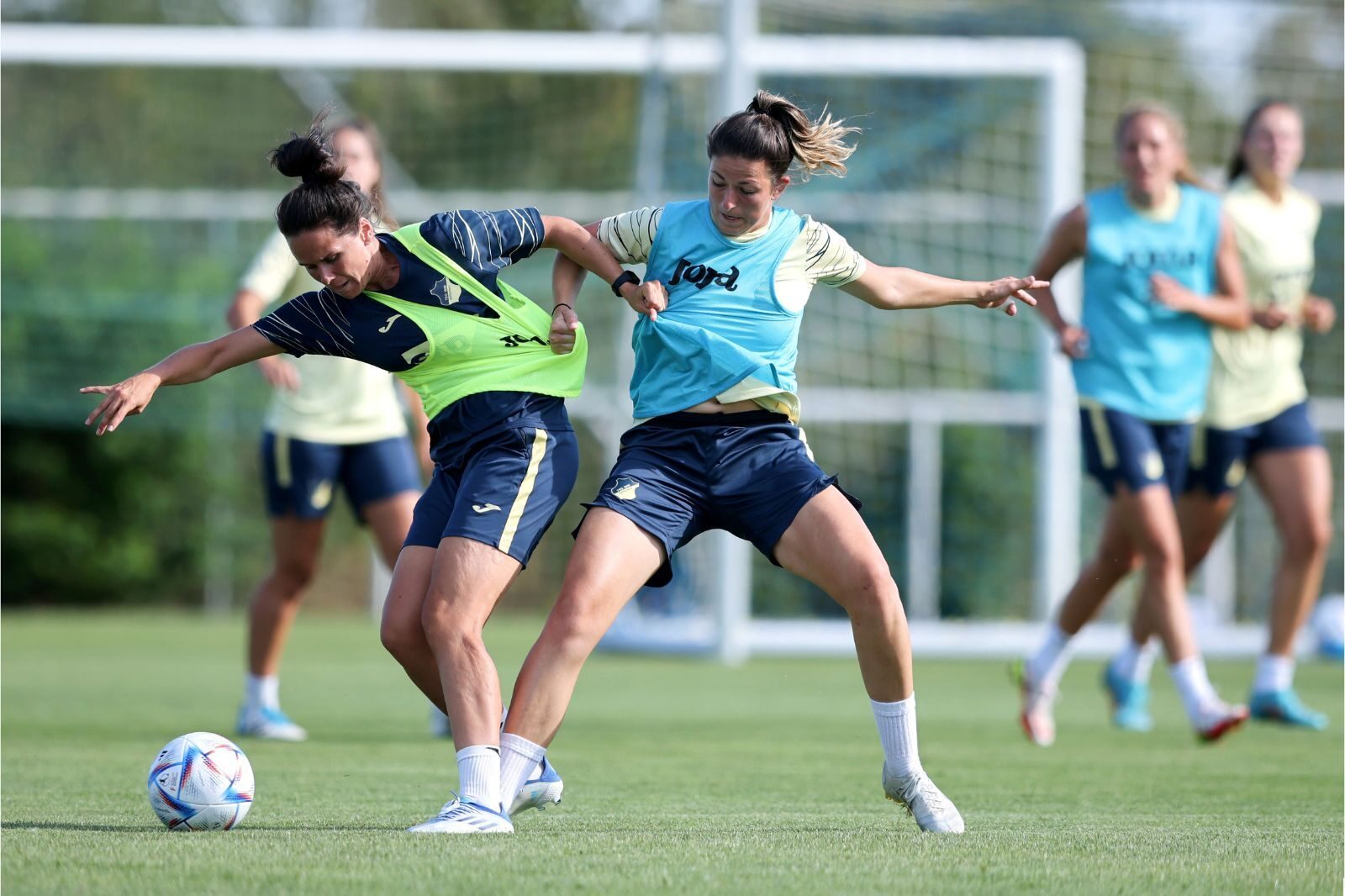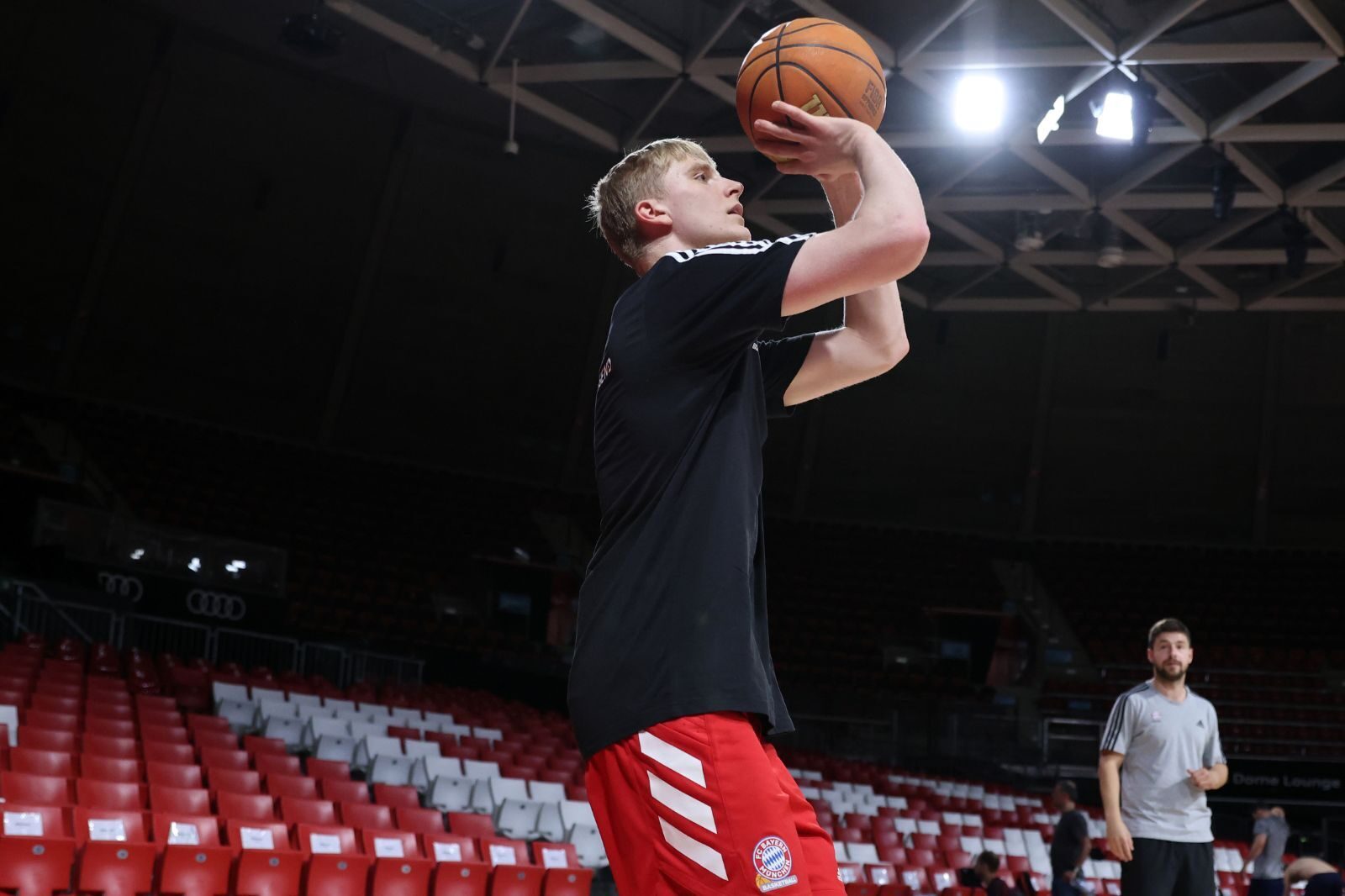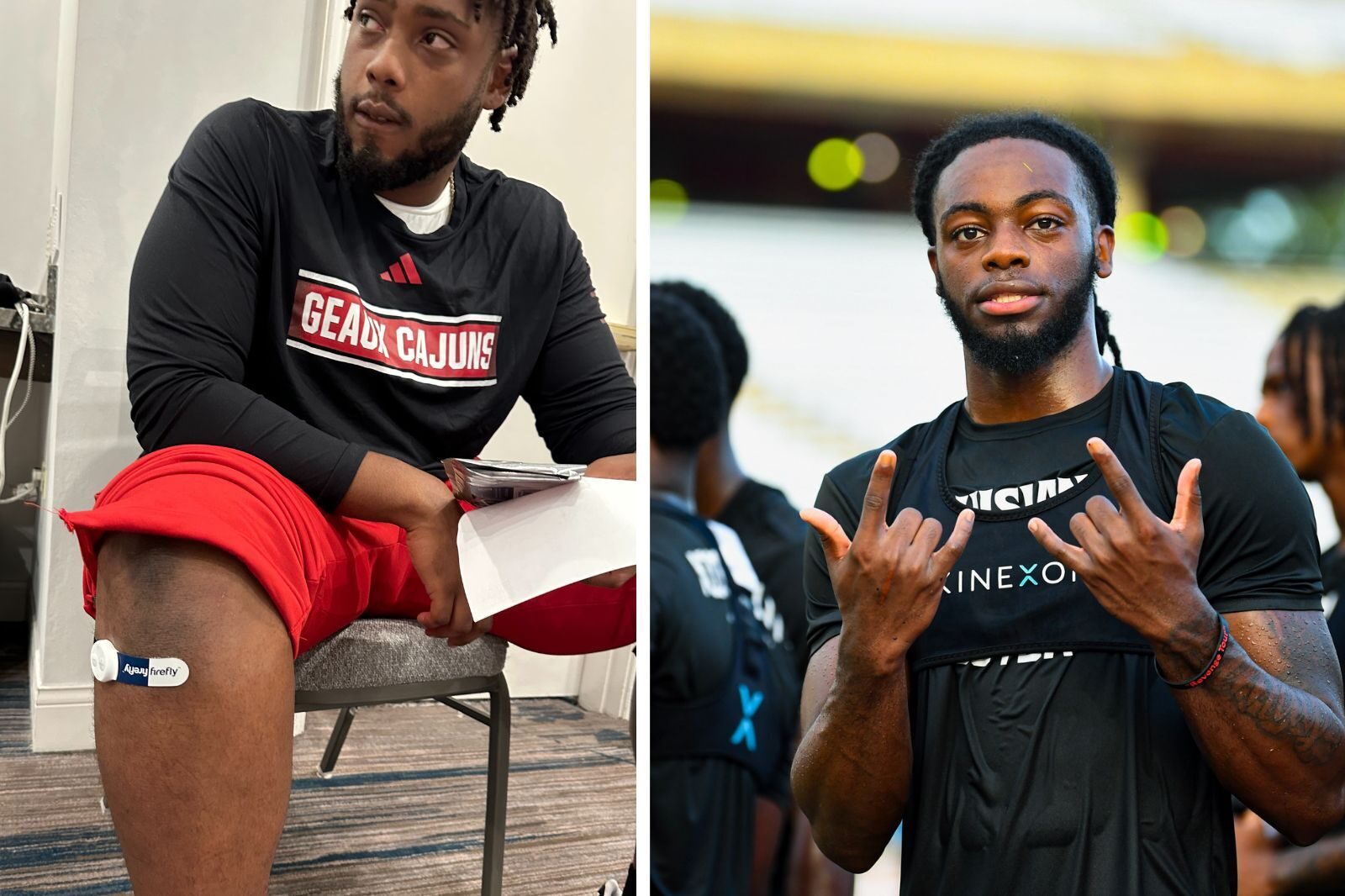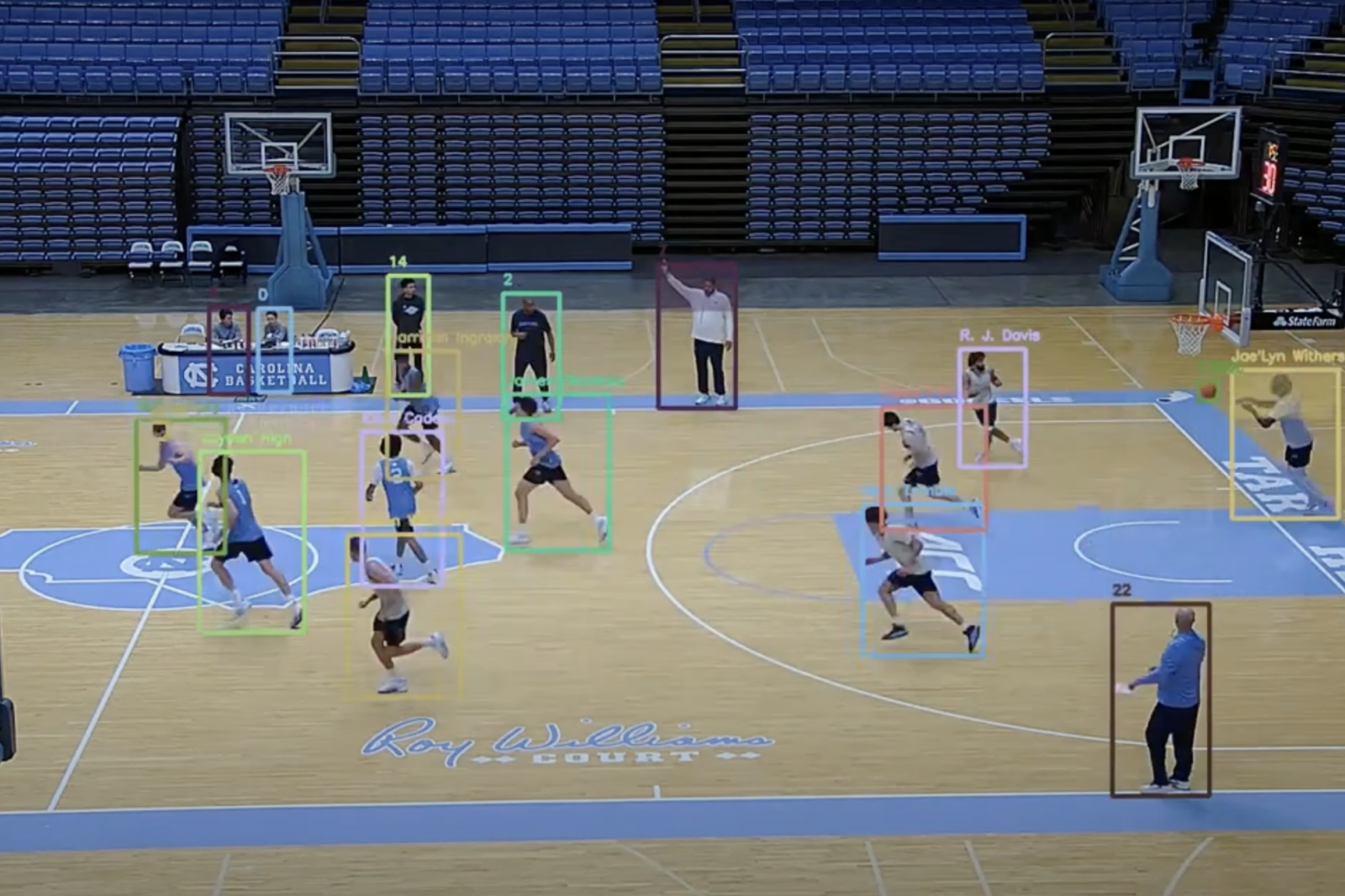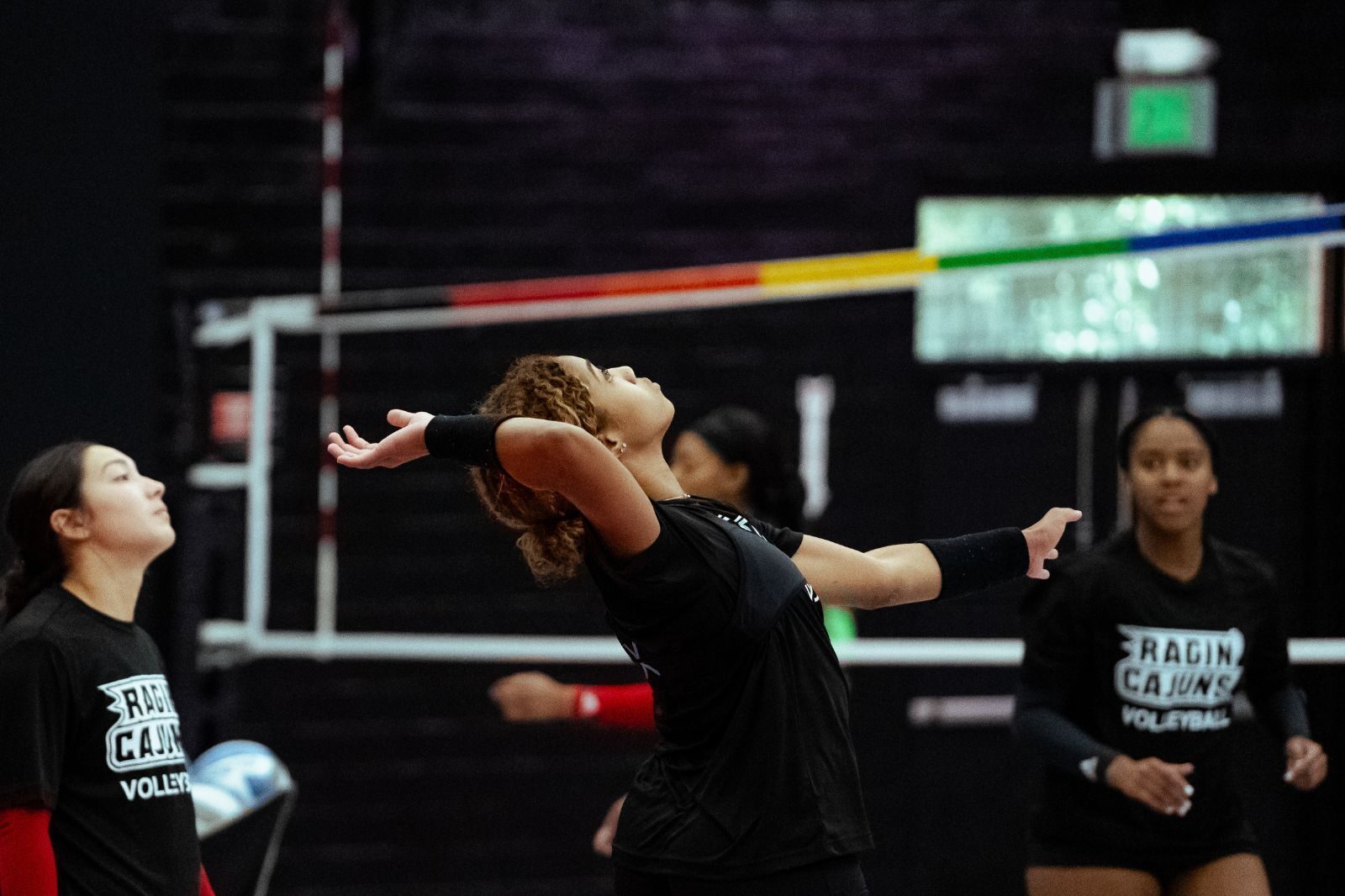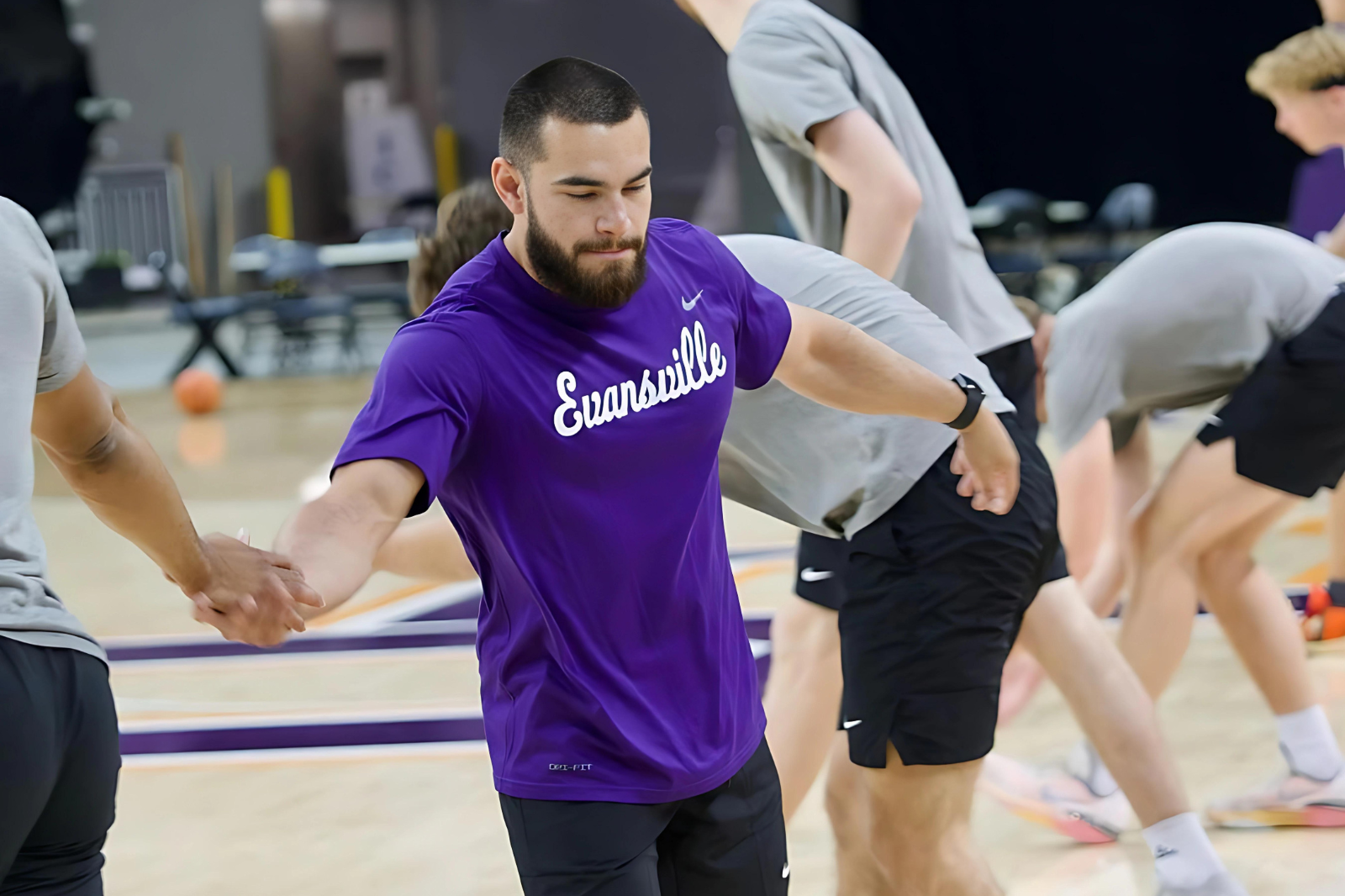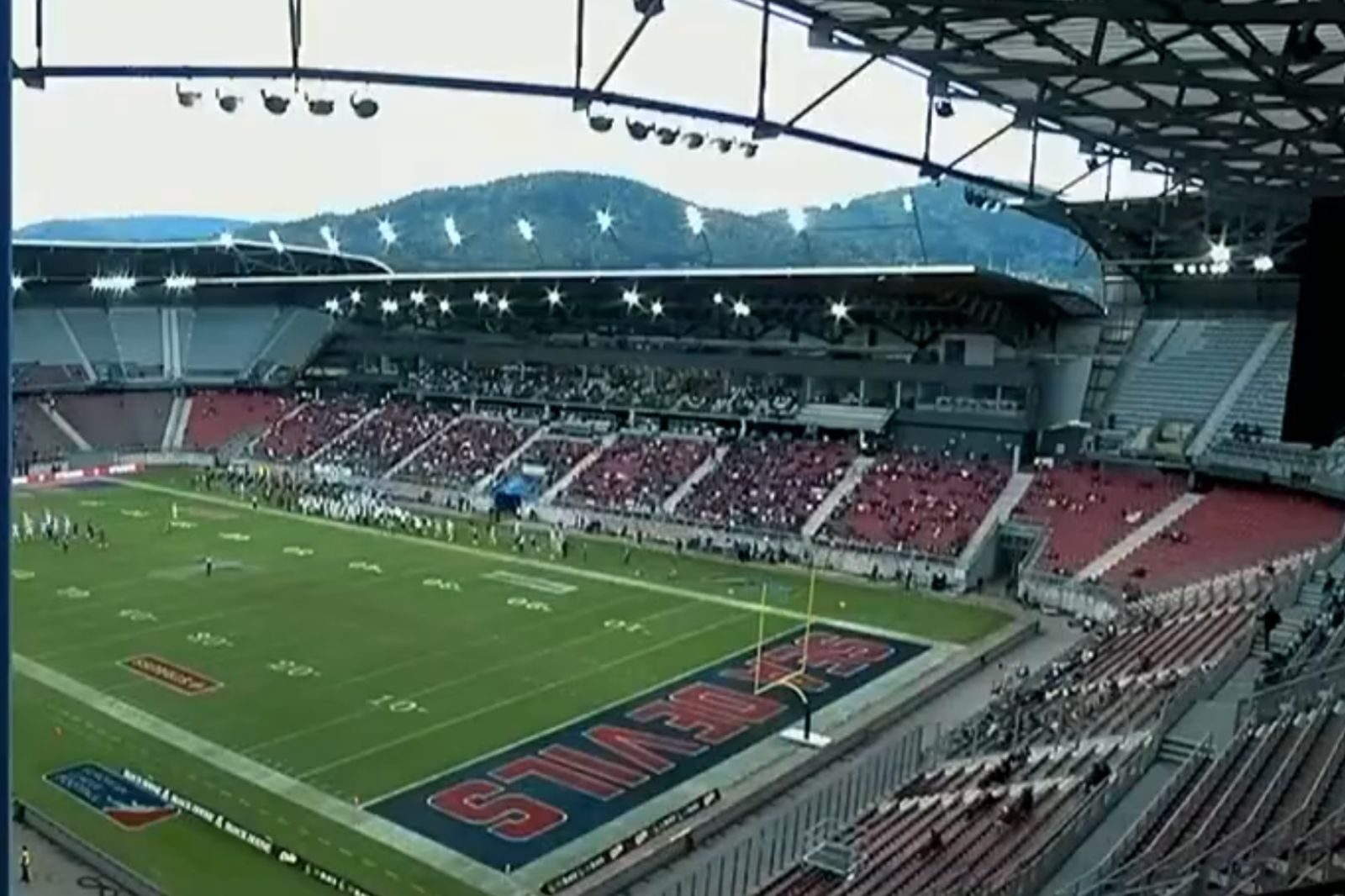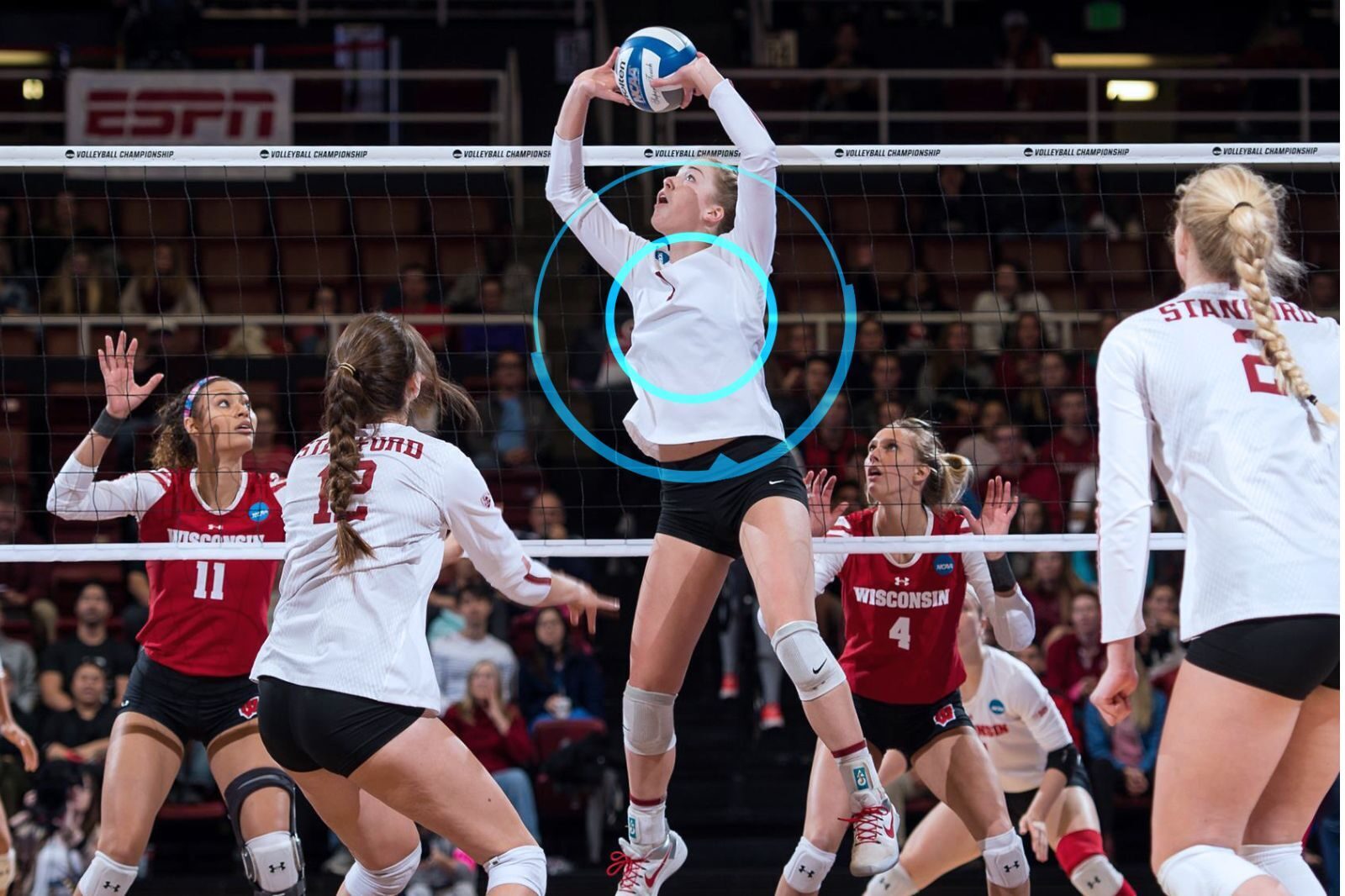REWE Final4 Breaks New Ground with Cutting-Edge Handball
Each year, thousands of handball fans converge at the REWE Final4, while millions tune in from home. Alongside the Handball Bundesliga, it doesn’t get much bigger than this. Except this year.

It’s considered to be the most prestigious events in German club handball— the REWE Final4. The top four teams compete for the coveted DHB Pokal (German Handball Federation Cup).
But this year’s event had some added excitement. Sporting goods manufacturer SELECT designed and produced a new official match ball for the HBL, called Planet HBL. It was unveiled to much acclaim, pleasing crowds in many ways.
The players love it for the way it handles, and the fans love it because each ball is equipped with a sensor that shares information with the television viewing audience, but there’s more.
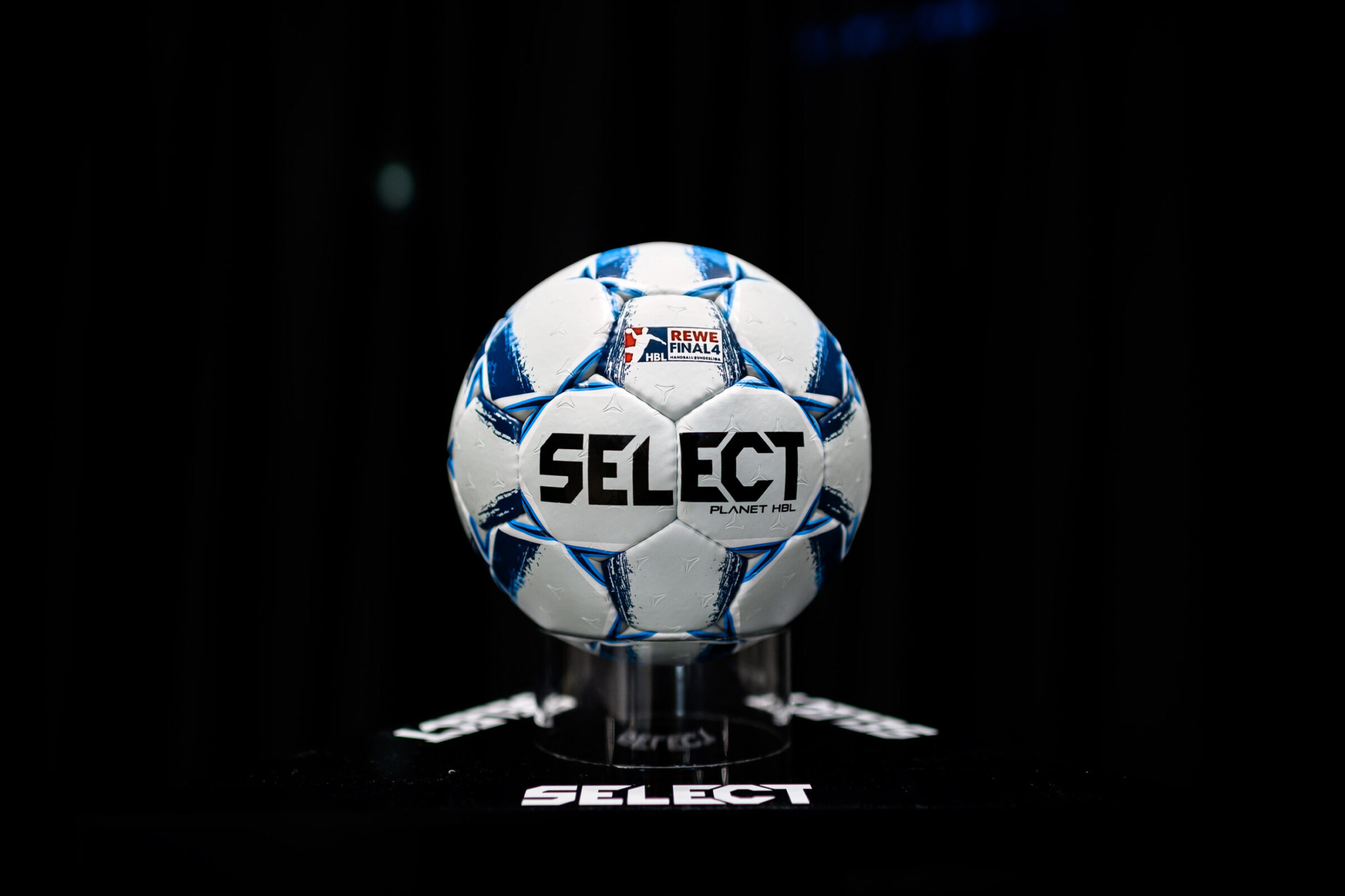
Behind the name “Planet” hides another product feature that is unique in German professional handball: Up to four 0.5‑liter recycled PET plastic bottles are processed in a Planet HBL.
What is PET Plastic?
Polyethylene Terephthalate (PET), commonly called PET plastic, is one of the most recyclable and recycled plastics in the World. Beverage companies use PET to design their bottles, ensuring 100% recyclability, and reducing environmental impact.
When Repurposed PET (rPET) is used to create new bottles, research shows that the total energy consumption decreases by nearly 80% compared to using new plastic. And by limiting the use of new plastic, greenhouse gas emissions are cut by almost 70%.
Plus, the versatility of rPET transcends bottles alone. It finds new life in various products, from winter jackets and rugs to playground equipment, dog beds, and now even handballs.
Innovative Handballs Also Transmit Data

Planet HBL also integrates a KINEXON Sports sensor. Using ultra-wideband technology, the sensor transmits position and movement data from the intelligent ‘iBall,’ which records data on ball speed and throwing position in real time. All collected data passes on to the HBL media partners Dyn Media and ARD, bringing fans in front of the screens closer to the action than ever before.
The data extends beyond the physical match demands that are tracked (e.g., distance, speed, and acceleration) and more advanced variables (e.g., jumps, throws, acceleration load, and metabolic power).
The software receives and interprets data from the sensor, offering a range of metrics and insights into the ball’s dynamics. This includes aspects such as speed, spin, trajectory, passes, shots, possession, and more.
HBL will rely on KINEXON Sports for data until 2029.
New Handball Embodies Game's Spirit
HBL Managing Director Frank Bohmann praises SELECT for seamlessly integrating excellent product quality, screen suitability, and innovative, sustainable material development into the Planet HBL ball.
The new competition ball for the HBL is combining the essential elements of the sport in many ways. It encapsulates the spirit of the game, embodying the passion and dedication of the players, while also representing the commitment of the HBL to sustainability and innovation.
This ball is not just a tool for the game; it’s a symbol of the future of the sport.
If you’re interested in learning more about how connected ball technology works in both handball and football, and what it provides players, coaches, referees, and fans, download our free guide.
